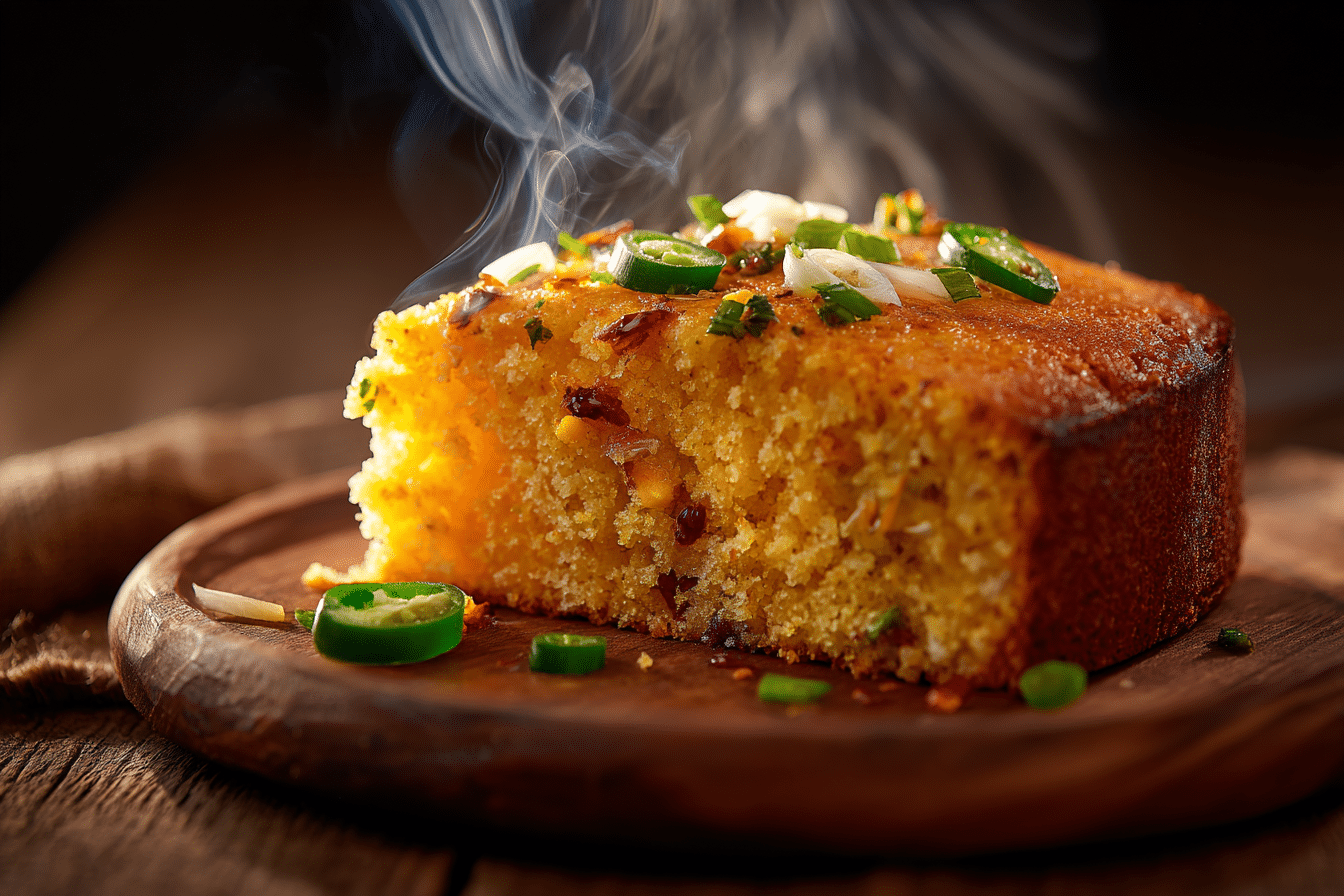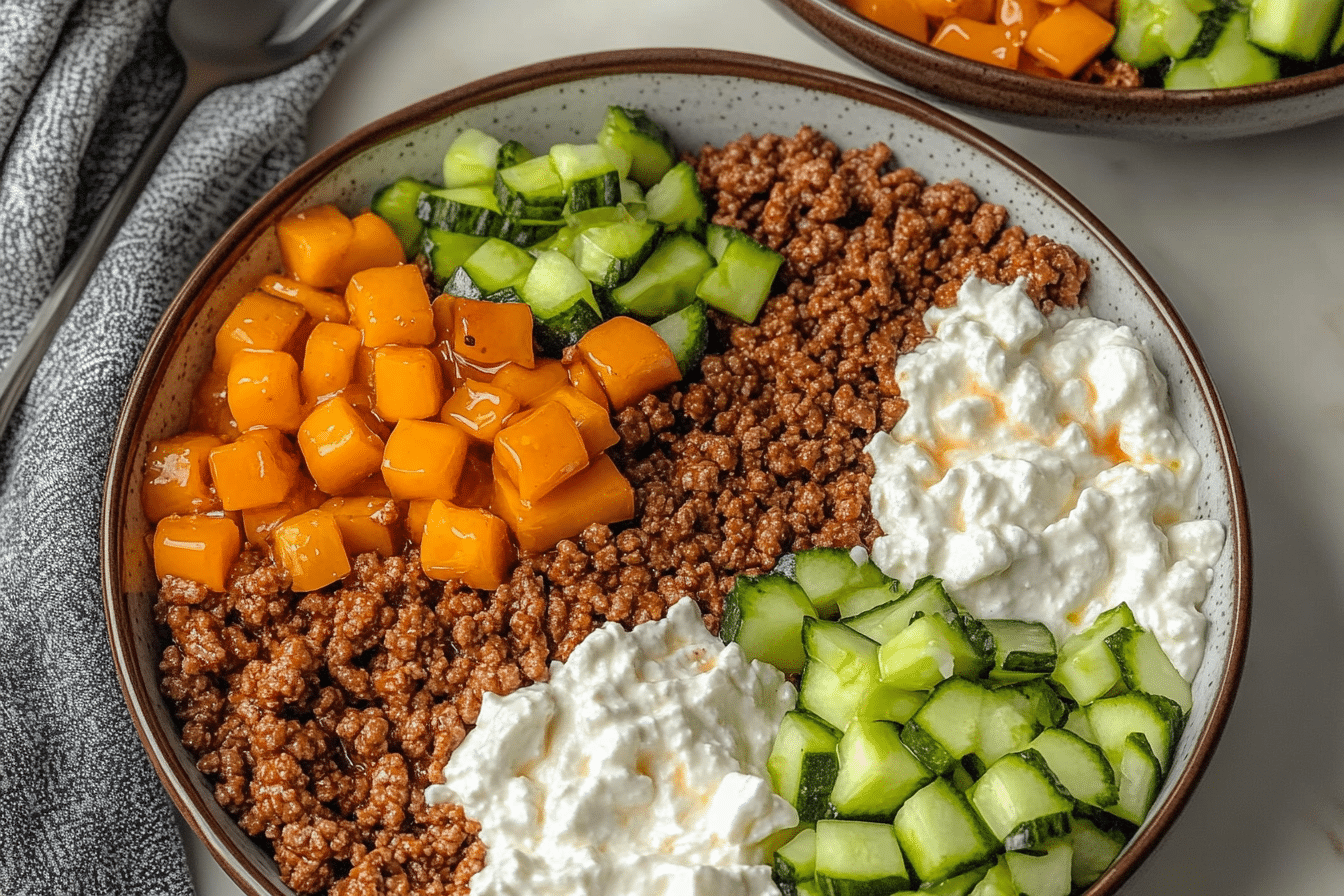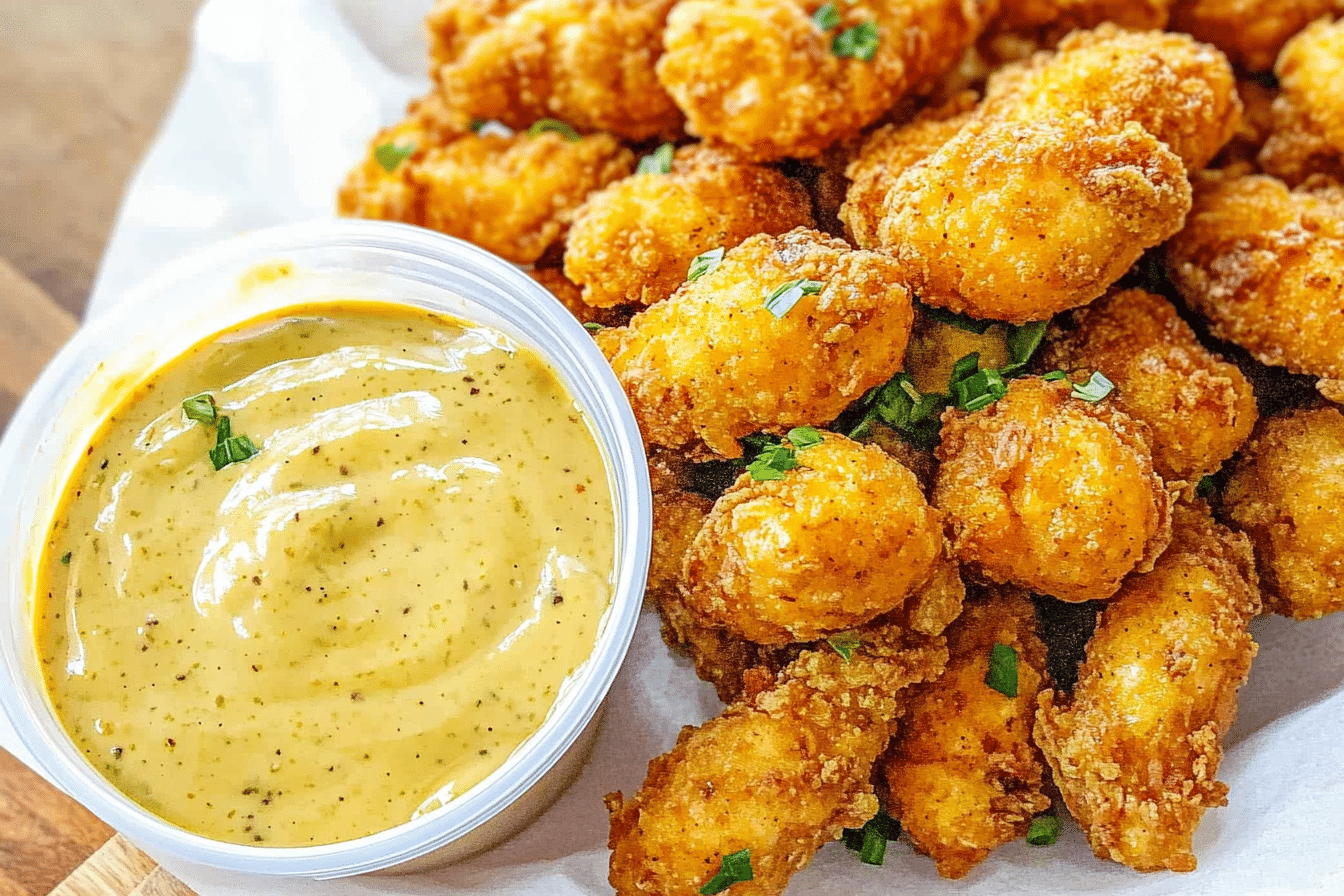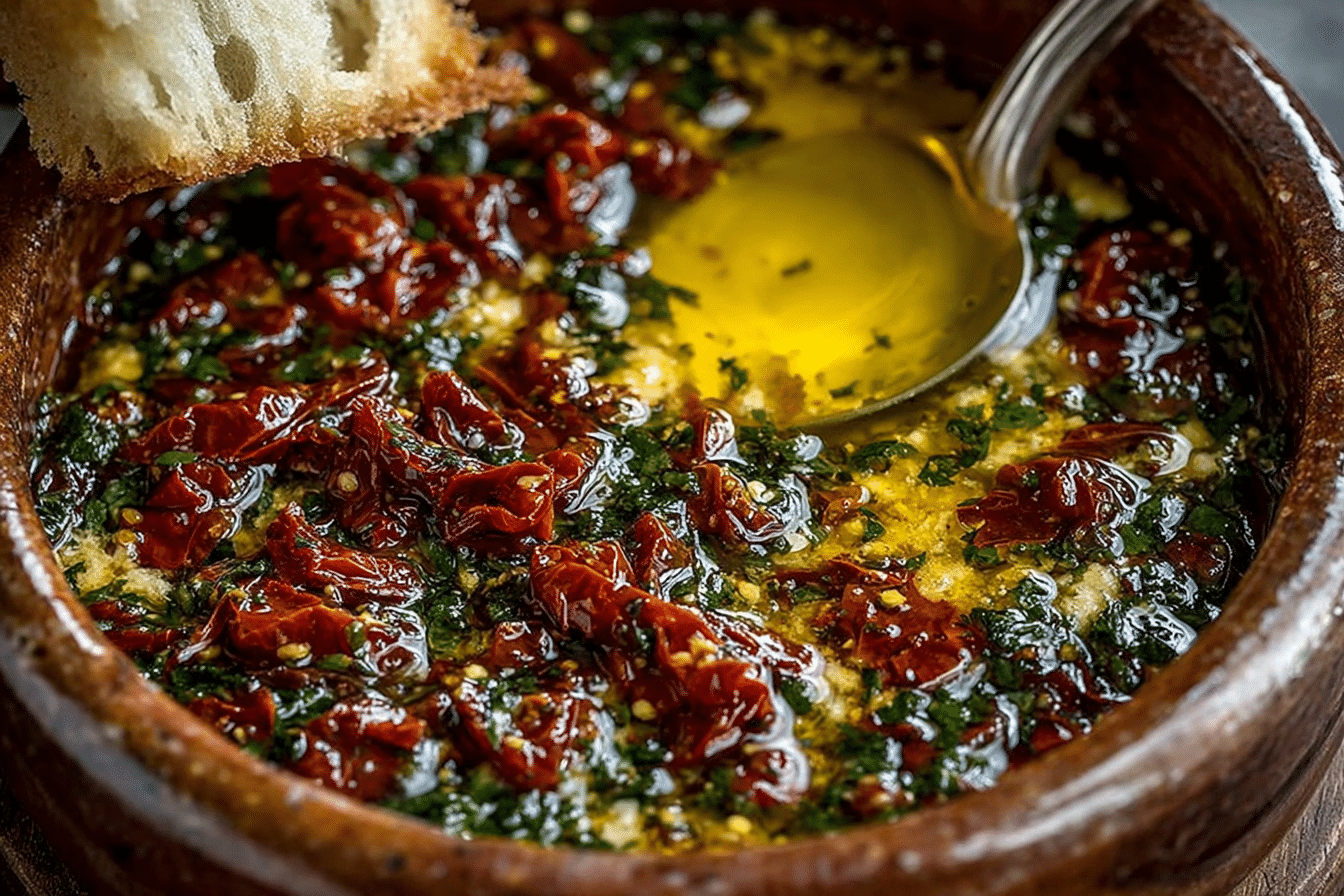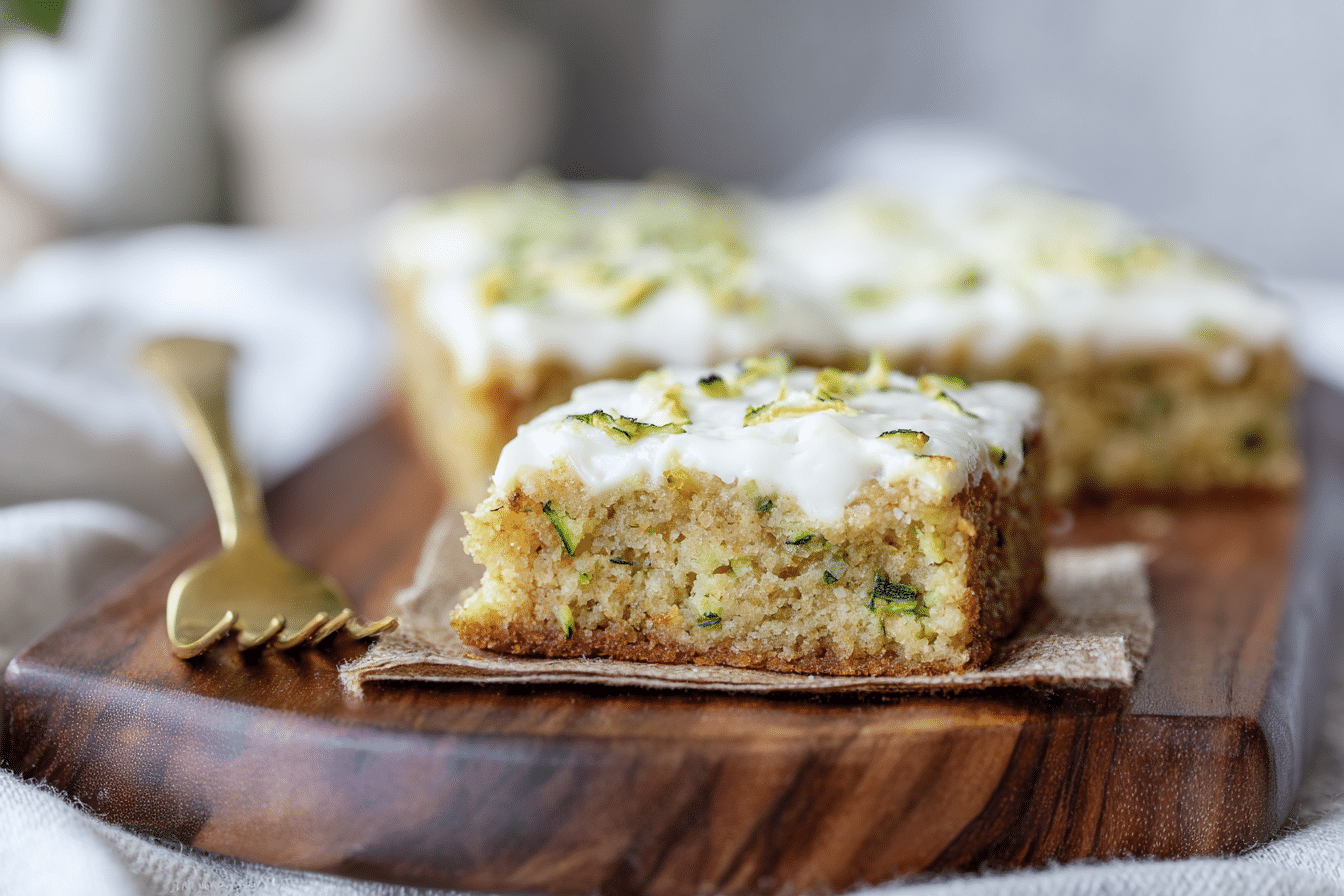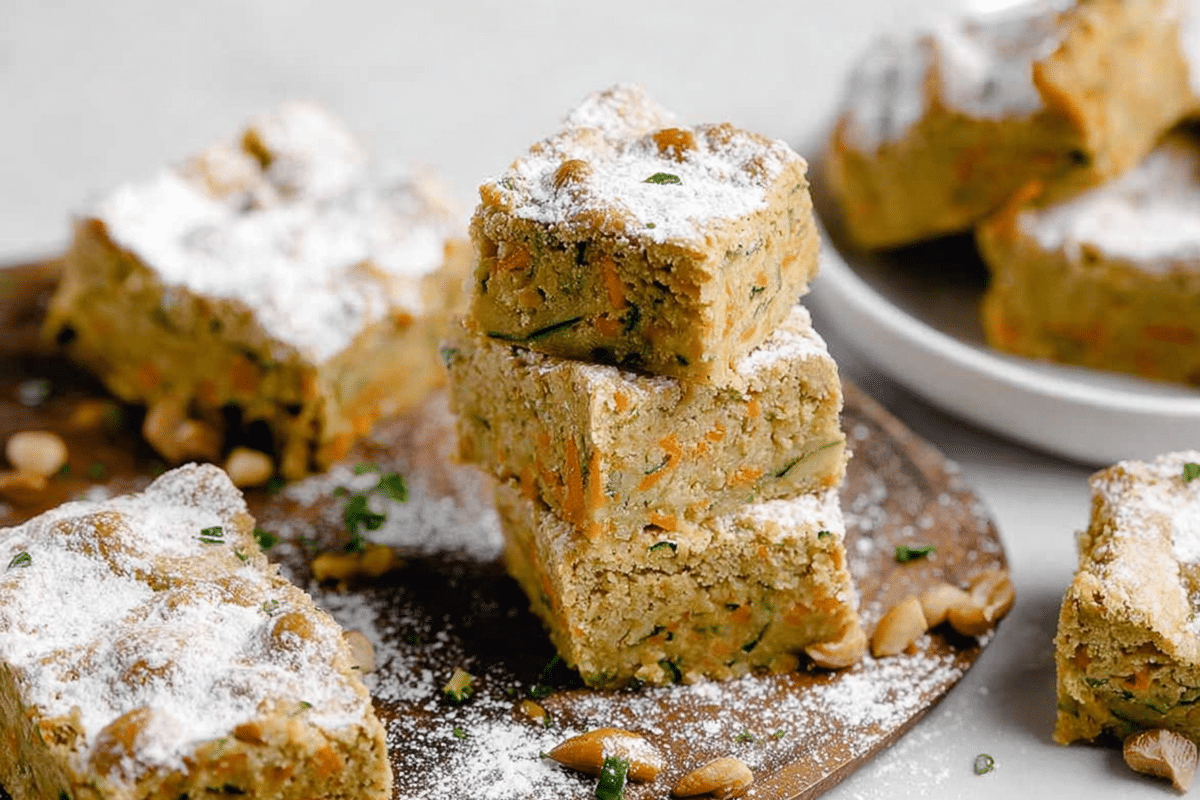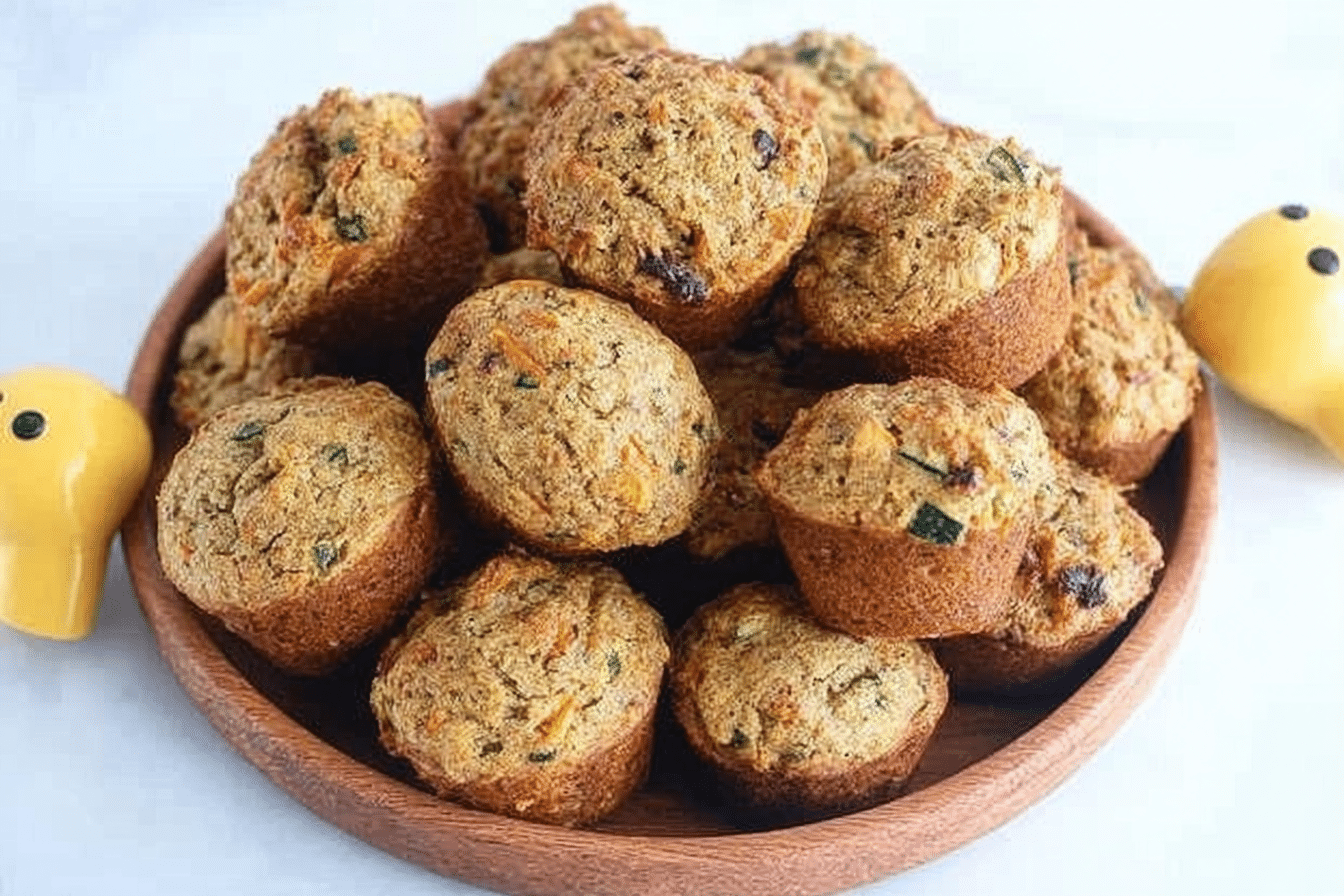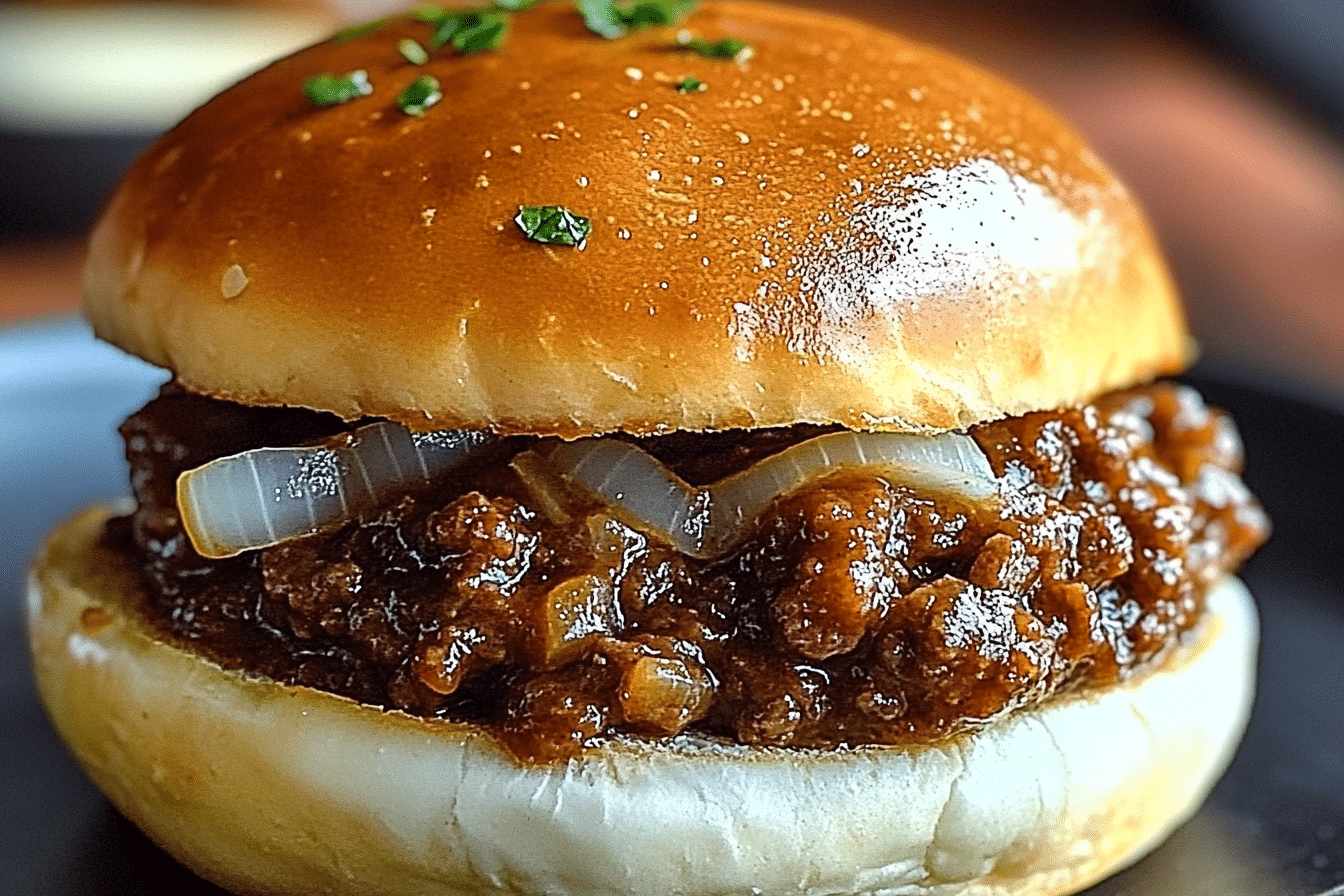Hibachi noodles recipe dishes always remind me of the first time I sat at a teppanyaki table, mesmerized by the sizzling sound of noodles hitting the grill and the aroma of soy and garlic dancing in the air. The buttery glaze, a hint of sweetness, and that chewy, slurpable bite made it an instant favorite. With this simple hibachi noodles recipe, you can bring that same restaurant magic into your home kitchen. Whether you’re cooking for one or feeding a hungry family, it’s comfort food done fast—and with a side of flair.
Table of Contents
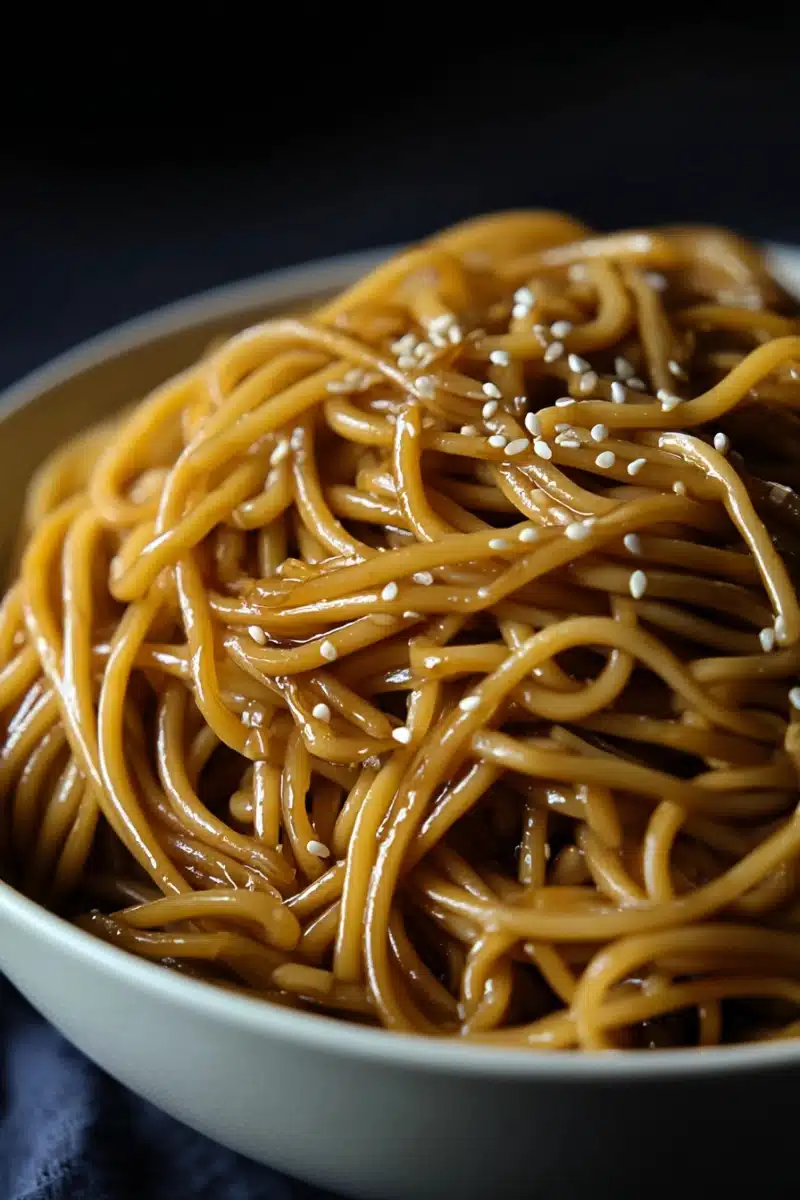
Why You’ll Love This Hibachi Noodles Recipe
Hibachi noodles recipe meals are the ultimate solution for last-minute dinner plans. You only need a few pantry staples and 20 minutes to turn basic noodles into something rich, garlicky, and completely satisfying. The buttery soy-teriyaki combo makes every bite irresistible. This dish pairs effortlessly with hibachi chicken, hibachi steak, or hibachi shrimp—and works great solo too. It’s a quick meal that tastes like takeout, without the delivery fee or wait.
Ingredients With Quantity
This hibachi noodles recipe keeps things simple but big on flavor. Here’s what you’ll need:
- 1 lb. linguine or flat noodles (cooked al dente)
- 3 tablespoons unsalted butter
- 1 tablespoon minced garlic
- 3 tablespoons sugar
- 4 tablespoons soy sauce
- 1 tablespoon teriyaki sauce
- Salt and pepper to taste
- 1 tablespoon sesame oil
- 1 tablespoon sesame seeds (optional garnish)
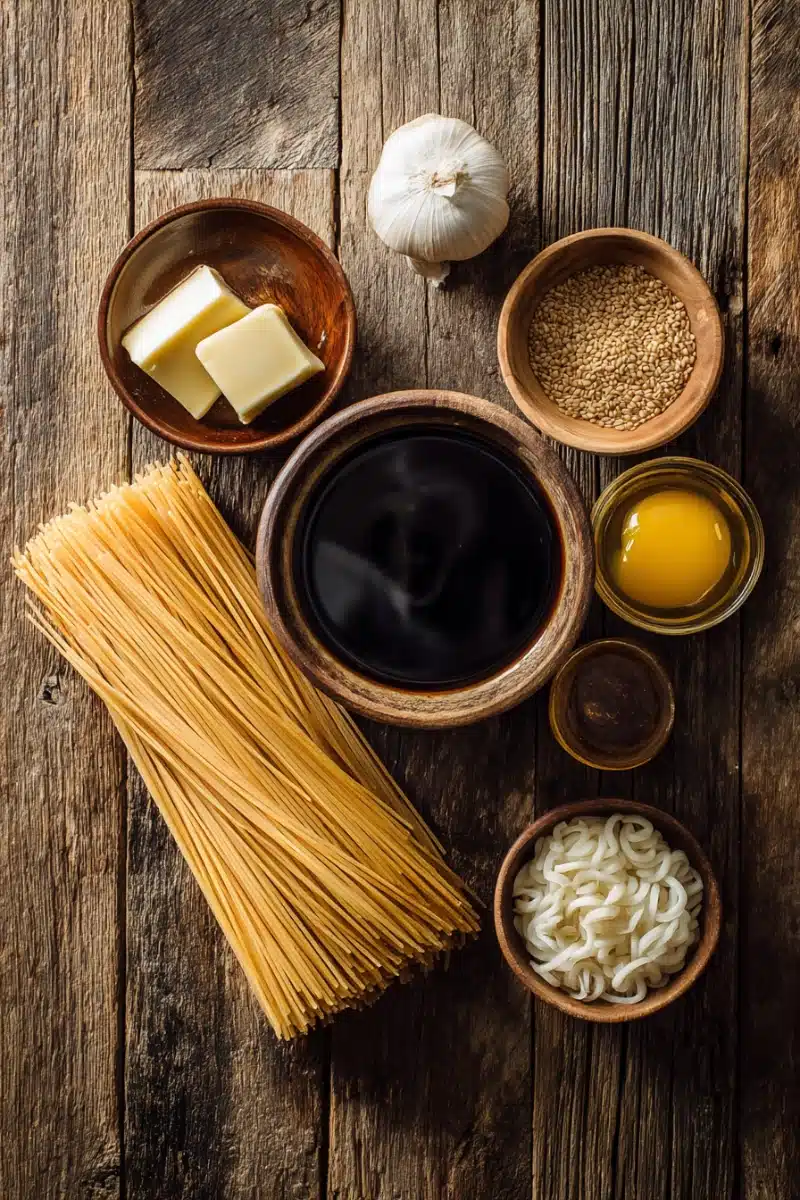
These ingredients create the glossy, savory-sweet sauce hibachi noodles are known for. Swap with gluten-free noodles or use coconut aminos if needed. Want to turn it into a full meal? Toss in chopped hibachi veggies or pan-seared tofu for extra texture and nutrition.
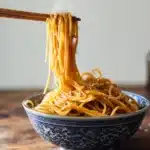
Hibachi Noodles Recipe
- Prep Time: 10 minutes
- Cook Time: 10 minutes
- Total Time: 20 minutes
- Yield: 4 servings 1x
- Category: Dinner
- Method: Stovetop
- Cuisine: Japanese-American
Description
Bring the sizzling, savory magic of teppanyaki-style dining into your home kitchen with this quick and easy hibachi noodles recipe. Rich with buttery soy flavor and perfect for pairing with hibachi steak, chicken, or shrimp, this dish is weeknight comfort food done right.
Ingredients
- 1 lb. linguine or flat noodles (cooked al dente)
- 3 tablespoons unsalted butter
- 1 tablespoon minced garlic
- 3 tablespoons sugar
- 4 tablespoons soy sauce
- 1 tablespoon teriyaki sauce
- Salt and pepper to taste
- 1 tablespoon sesame oil
- 1 tablespoon sesame seeds (optional garnish)
Instructions
- Cook the noodles al dente and set aside.
- In a large skillet or wok, melt butter over medium-high heat.
- Add minced garlic and sauté for about 30 seconds until fragrant.
- Toss in the cooked noodles and mix well to coat.
- Pour in soy sauce, teriyaki sauce, and sugar; stir thoroughly to evenly distribute the sauce.
- Season with salt and pepper to taste.
- Drizzle sesame oil over the noodles and toss again.
- Remove from heat, garnish with sesame seeds if using, and serve immediately.
Notes
To enhance the dish, you can toss in sautéed hibachi vegetables or protein like shrimp, chicken, or tofu. For gluten-free options, substitute noodles and sauces accordingly. Serve hot and fresh for the best flavor and texture.
Nutrition
- Serving Size: 1 serving
- Calories: 390
- Sugar: 8g
- Sodium: 820mg
- Fat: 14g
- Saturated Fat: 7g
- Unsaturated Fat: 6g
- Trans Fat: 0g
- Carbohydrates: 55g
- Fiber: 2g
- Protein: 8g
- Cholesterol: 20mg
Essential Hibachi Noodles Tools for Cooking
Hibachi noodles recipe success depends on the tools you use. A wok or a large nonstick skillet is ideal for even heat distribution and quick tossing. You’ll also need a set of prep bowls for sauces, a garlic press for fresh minced garlic, and long tongs or chopsticks for stirring. A wooden spatula works well to prevent scratching if you’re using a nonstick surface. These tools keep your cooking smooth and efficient—just like when making hibachi steak or other quick stir-fry dishes.
How to Make the Hibachi Noodles Recipe
Hibachi noodles recipe cooking starts with a hot pan. Melt the butter over medium-high heat, then add minced garlic and sauté until fragrant—about 30 seconds. Add the cooked noodles and toss to coat. Pour in soy sauce, teriyaki sauce, and sugar. Stir well to evenly coat the noodles in the glossy sauce. Season with salt and pepper to taste. Finally, drizzle in sesame oil, toss again, and remove from heat. Garnish with sesame seeds if desired, and serve immediately. It’s ready in under 20 minutes and pairs beautifully with hibachi chicken or shrimp.
Swaps and Substitutions for Hibachi Noodles Recipe
Hibachi noodles recipe variations are easy to make. Use rice noodles or gluten-free linguine for a wheat-free option. Swap soy sauce with tamari or coconut aminos to reduce sodium or go soy-free. Coconut sugar or honey can replace white sugar for a natural touch. For dairy-free diets, ghee or vegan butter work well. Spice lovers can toss in chili flakes or a dash of sriracha. These tweaks make the hibachi noodles recipe flexible for different diets without compromising flavor.
What to Serve With the Hibachi Noodles Recipe
Hibachi noodles recipe dishes shine brightest when served with protein-packed mains. They’re perfect alongside our hibachi steak, buttery hibachi chicken, or savory hibachi shrimp. You can also mix in sautéed hibachi veggies or top the noodles with a soft-boiled egg for a complete bowl. Whether plated as a side or the star of the show, these noodles adapt easily to any hibachi-inspired spread.
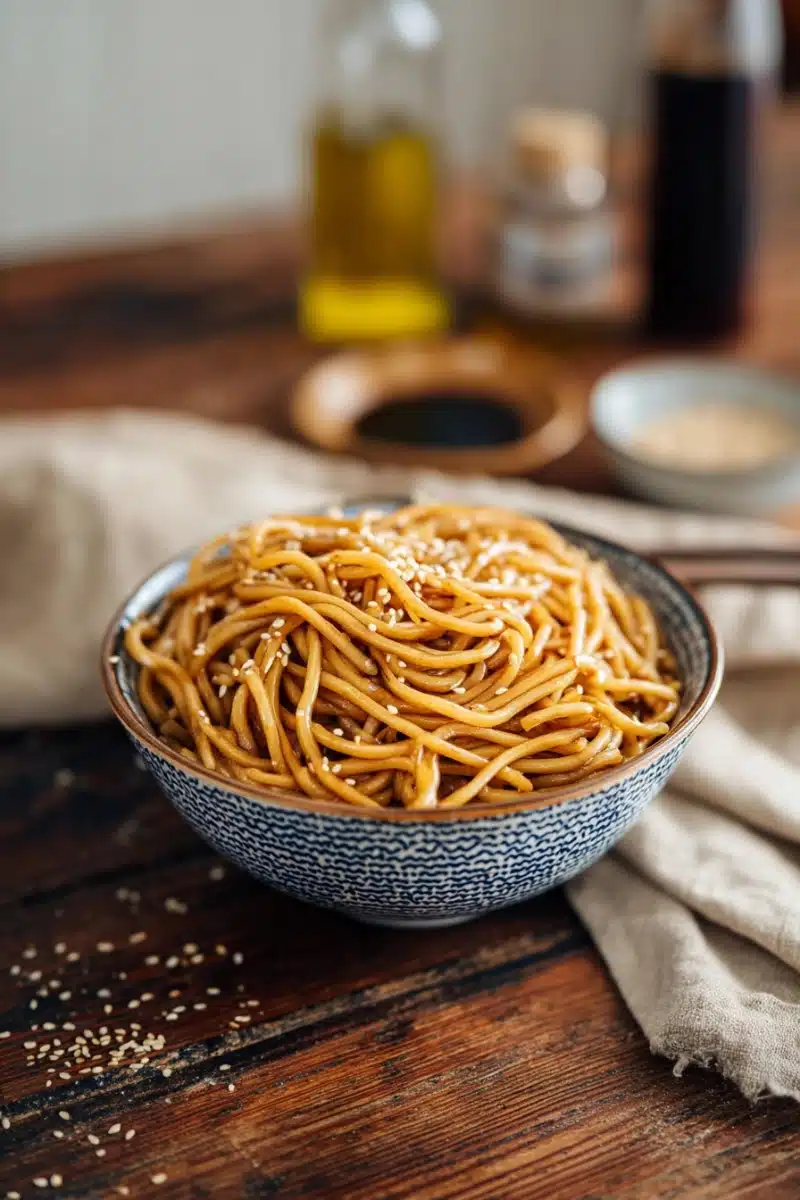
Leftovers and Meal Prep Ideas
Hibachi noodles recipe leftovers are a lifesaver during busy weeks. Store them in airtight containers for up to 3 days in the fridge. To reheat, use a skillet over medium heat with a small splash of water or sesame oil to loosen the noodles. Avoid the microwave if possible—it can dry them out. Use leftovers in bento boxes, noodle bowls with chopped hibachi steak and shrimp, or cold pasta salads with a sesame dressing. They’re incredibly versatile for both lunch and dinner.
Common Mistakes to Avoid
Hibachi noodles recipe cooking can go wrong if you’re not careful. Avoid overcooking the pasta—al dente is best to hold up to the sauce. Don’t skip the butter; it’s essential for flavor and texture. Be sure to toss the noodles thoroughly so every strand gets coated. Also, balance your seasoning: too much soy or sugar can overwhelm the dish. Lastly, never overcrowd the pan—it’ll steam instead of sear. Use a big enough skillet to stir freely, just like when making hibachi chicken or veggie stir-fries.
Homemade Sauces to Add to Hibachi Noodles
Hibachi noodles recipe dishes taste even better with a flavorful drizzle. Try yum yum sauce made with mayo, ketchup, and garlic powder for a creamy finish. A spicy ginger sauce with soy, grated ginger, and sesame oil adds heat and depth. Garlic soy glaze with a dash of brown sugar is also a crowd-pleaser. Serve sauces on the side or lightly drizzle over noodles. These pair wonderfully with hibachi steak marinade for a full hibachi-style plate.
Nutrition Benefits of Hibachi Noodles
Hibachi noodles recipe meals deliver comforting flavor with room for smart choices. Carbs from the noodles provide quick energy, while sesame oil and butter add healthy fats. Swap in whole grain or low-carb pasta for extra nutrition. Choose low-sodium soy sauce to reduce salt. Add protein like tofu, eggs, or shrimp for a macro-balanced dish. Combined with hibachi veggies, you’ve got a colorful, satisfying meal that supports your goals without sacrificing taste.
Cultural Roots of Hibachi Noodles
Hibachi noodles recipe dishes stem from the American adaptation of Japanese teppanyaki cooking. While Japan’s hibachi refers to a charcoal grill, U.S. versions use a flat iron griddle where noodles, meat, and veggies cook together. This style evolved into the popular hibachi restaurants we know today. Our home-cooked version brings that rich, buttery umami flavor into your kitchen, inspired by the entertaining flair and fast stir-fry techniques of Japanese steakhouses.
When to Make This Hibachi Noodles Recipe
Hibachi noodles recipe meals are perfect for weeknights when you want fast comfort food. They’re also great as a side dish for family hibachi nights featuring steak and shrimp or chicken. Cook them for rainy-day cravings, weekend meal prep, or to impress guests at an Asian-themed dinner. They’re so versatile, you’ll find yourself making them again and again.
Reader Variations and Tips
Readers often get creative with this hibachi noodles recipe. Popular add-ins include red chili flakes, a drizzle of sriracha, or even a spoonful of miso paste for umami depth. Some stir in peanut butter for a nutty twist, while others top with green onions and sesame seeds. Have your own idea? Pair your version with our hibachi steak or shrimp and share your creation with us!
If you made this recipe, please leave a rating at the bottom of the page! Your feedback is valuable to me and other readers. For more delicious homemade recipes, subscribe to my Newsletter and join me on Pinterest, Facebook, and X!
Hibachi noodles recipe dinners are quick, comforting, and full of rich, buttery soy flavor. With simple ingredients and a fast prep, you’ll turn weeknights into restaurant-worthy meals. They pair perfectly with all your hibachi favorites—from chicken to steak and veggies. Try this recipe today—you may never go back to takeout.
FAQs About Hibachi Noodles Recipe
What kind of noodles are used in hibachi?
Linguine or yakisoba-style noodles are commonly used. Linguine is often used in U.S. hibachi restaurants for its chewiness and shape.
What seasonings do you use for hibachi?
Typical hibachi seasonings include soy sauce, garlic, sesame oil, butter, black pepper, and sometimes sugar or ginger for added depth.
What is the best sauce for Japanese noodles?
Soy-based sauces with sesame oil, teriyaki glaze, or yum yum sauce are popular. It depends on whether you want sweet, salty, or creamy flavor profiles.
What is the sauce they use for hibachi?
Hibachi sauce often combines soy sauce, sesame oil, butter, garlic, and sugar. Teriyaki sauce may also be used depending on the chef or restaurant.


